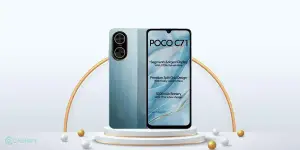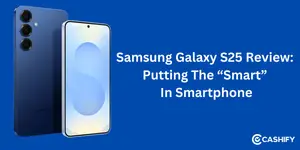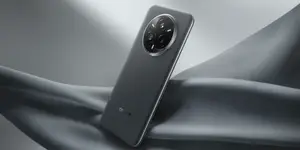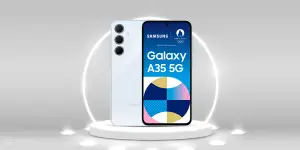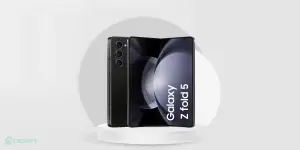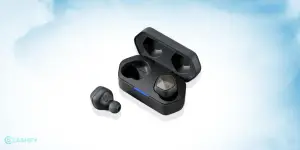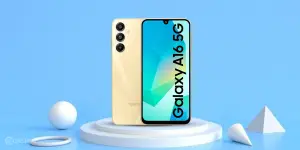The first developer preview of Android 13 was made available by Google. As many smartphones, including some premium models, still don’t have Android 12 pre-installed, this statement comes as a surprise. However, developers got their first glimpse at Android 5.0 early this morning. The following is all the information you need to know about the subject.
What is the Android 13 developer preview?
Google distributes Android developer previews ahead of a final, stable version. Using these tools may use them to test new standards and modify your applications.
While developer previews tend to be unstable, Beta builds are much more reliable than their counterparts. There are many more flaws or defects in a development build, and it’s likely to arrive with many software difficulties. We will address these as we go along. Most users, particularly those who utilise a single phone as their primary device, should patiently wait for the stable version.
Also Read:
Realme C35 Goes Official: All You Need To Know
What’s new about Android 13?
The new features in Android 13 include enhanced theming choices and privacy controls. Because Android 12 was such a significant aesthetic improvement, it doesn’t seem like the upcoming release will bring many visual changes. More and more apps adopt the Material You design style, which is no longer exclusive to Google products.
As long as the developer has created an icon that supports monochromatic colours. Consumers may depend on the themed icon functionality in Android 12 in the future. According to Google, the functionality will be available to a broader audience via collaborations with other manufacturers.
Also Read:
Sony’s Flagship Alpha 7 IV Camera Is Now Available In India
Android 13 also includes changes to the system’s handling of various permissions and security mechanisms. For example, a new picture picker will allow users to share photographs and movies with a single app without requiring the app to have full access to the device’s storage. Google aims to make this functionality available to all Android devices, not only those running the latest version of the operating system.
There are several changes to the backend as well. For example, apps may now connect to Wi-Fi hotspots without location permissions and more significant support for multi-lingual communication.
Android 13 Schedule
Throughout February and March, Google will release additional Android 13 developer previews and begin releasing beta versions in April. While a stable version of Android 13 is due in June or July of this year, OEMs, many of which are still battling to publish a regular upgrade for Android 12 devices, might take much longer to get Android 13 to their phones.
Also Read:
New Need for Speed Next-Gen Game: Here’s What’s Coming
What devices are supported, and how do I install them?
It’s presently only accessible on a restricted number of Google’s Pixel phones. These devices are available: Pixel 6 Pro, Pixel 6/5G, Pixel 5/5G, Pixel 4/5G, and the Pixel 4/5G. The most recent version of Android does not support the Google Pixel 3. They won’t be getting any further updates after this one.
Also Read:
Mi Valentine’s Week Offers Huge Discounts: Here Are Some Of The Best Deals


